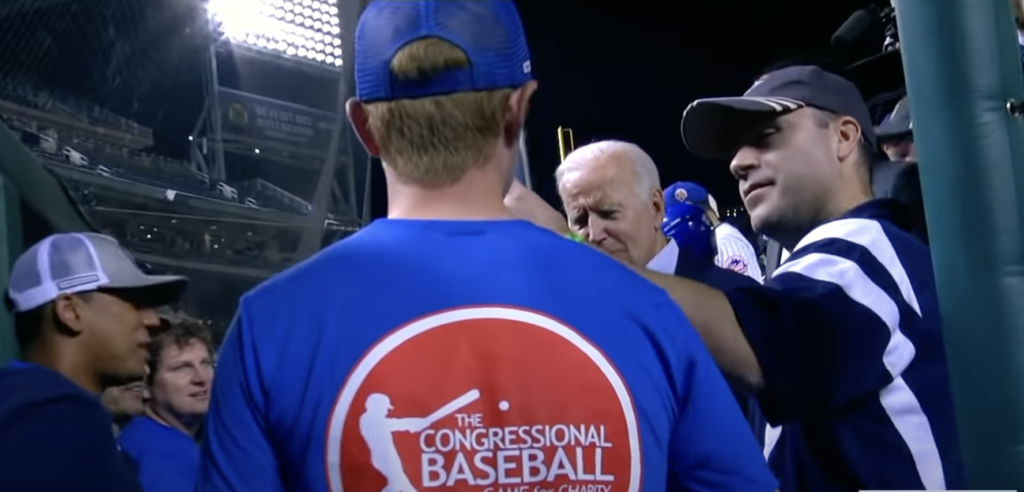
Cue the music. Warm-up your singing voices and time travel through the history of Christmas Carols!
You may be tuning your own vocals to head out and share some Christmas cheer, or you may be the happenstance hearer of carollers out and about this evening. But take a moment to go deeper as you sing or listen to carollers – or when playing the songs on the “fireside playlist” everyone seems to be offering these days.
Christmas carols hold stories of faith and hidden meaning, like in the Christian symbology in the “12 Days of Christmas.”
Yet many Christmas songs are tales in response to war. In 1816, Joseph Mohn, an Austrian priest, penned the words…“Silent night, holy night, All is calm, all is bright. ‘Round yon Virgin Mother and Child, Holy Infant so tender and mild. Sleep in heavenly peace, Sleep in heavenly peace.”
It is the first verse to “Silent Night.” A year earlier the Treaty of Paris, signed on 20 November 1815, brought the 12-year Napoleonic Wars to an official end. Following Napoleon’s fall at the Battle of Waterloo earlier that summer (1815).
The Napoleonic wars had been especially hard on Austria as a central part of Prussia at the time – and had been in conflict with France even before the Napoleonic wars. In 1816, things were starting to look a little brighter after the heavy toll of war, and Priest Mohn wrote the song after a winter walk and time reflecting on the peaceful town of Oberndorf, Austria.
This simple Christmas song was so impactful that it was translated into over 300 languages with varying arrangements. And during another war – almost 100 years after the Napoleonic wars, the song made an appearance on the battlefield of World War I.
On Christmas Eve, 1914, a temporary truce was held, as villagers and soldiers sang carols from home – including “Silent Night,” sung simultaneously in French, German and English. A haunting reflection and commentary on the prior wars in Europe.
A more modern, American Christmas song from the twentieth century, came about as part of the Cold War. “Do you hear what I hear?” was composed in 1962 by Noël Regney and Gloria Shayne Baker.
The background setting of the Cold War: Tensions between America and the Soviet Union continued following the conclusion of World War II in 1945.
Soviets resented the late arrival of America in WWII, which cost millions of Russian lives, and the lack of inclusion of the USSR in the international community. The tension on the American side condemned Soviet expansion and communism, as well as a foreign policy that focused on Soviet “containment.”
Then after the American failed invasion of Cuba in 1961 to overthrow Castro, who was very friendly with the Soviet Union, the world saw the onset of the Cuban Missile Crisis for 13-days in October 1962. The steep tension rang throughout America and in the hearts of the two carol composers that wrote: “Pray for peace, people everywhere.”
While the Cold War was mostly a war of ideology, the conflict continued until Soviet expansion of communism waned in the late 1980s (Sidenote: Remember Ronald Ragan’s famous Nov. 1989 speech and challenge in Berlin: “Mr. Gorbachev, tear down this wall.” ) and the Soviet Union fell apart 1991.
These stories, these songs of Christmas reflect feelings and emotions that tie the true meaning of the holiday to the modern needs of a world in conflict. When you listen to them, ‘do you hear what I hear?’…an opportunity to learn from the past, so as not to repeat it.
More from America’s Citizen Press
More you might like



